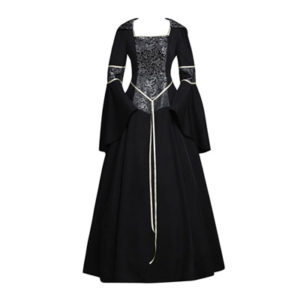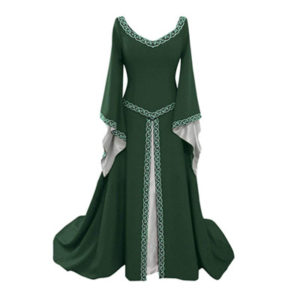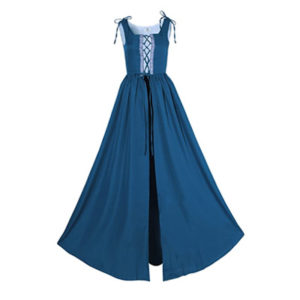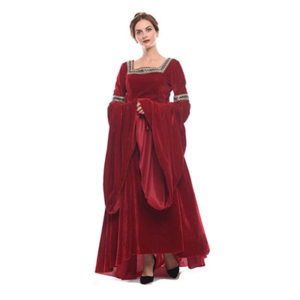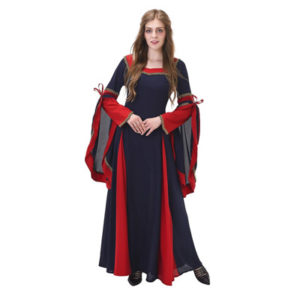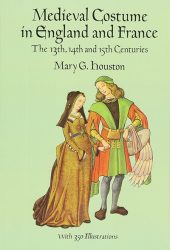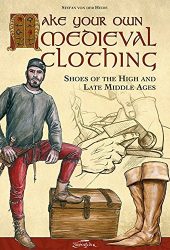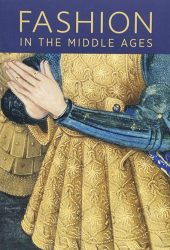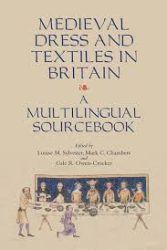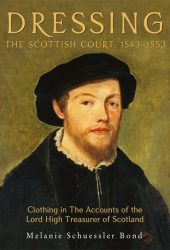Dresses or Kirtles worn in Europe in the 11th century were similar to men’s tunics. They were loose and reached to below the knees or lower. Slits on the sides were pulled tight to fit the figure.
Kirtles were typically worn over a chemise or smock and under a formal outer garment or surcoat.
Girdles and buckled belts were already popular in the fifth and sixth centuries, with tools and personal items suspended from the belt. Kirtles began as loose garments without a waist seam, which was later constructed by combining a fitted bodice with a skirt gathered or pleated into the waist seam. Kirtles could lace up the front, back or side back. Kirtles became part of the most fashionable attire into the middle of the sixteenth century.
In some regions, such as England, the kirtle was a standard garment worn by both men and women and was often worn as an undergarment beneath other clothing.
The main materials used in earlier dresses were woollen cloth, fur, linen, cambric, and silk and silver or gold cloth in the case of richer women. Dresses are sometimes featured with a distinct border in a contrasting colour. Although the imports of luxurious fabrics increased with time, clothing remained very expensive.
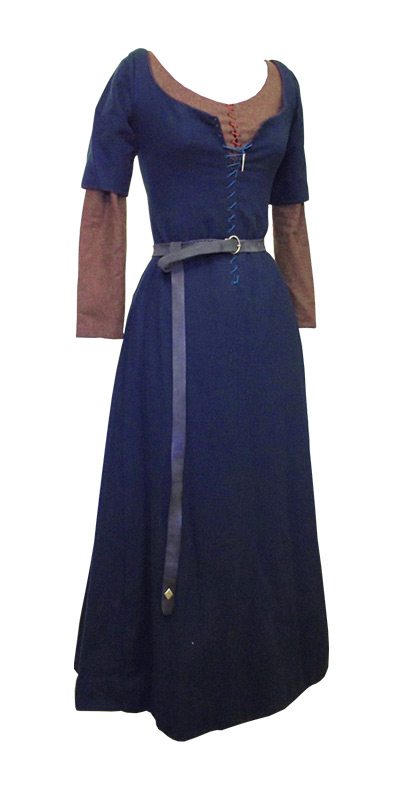
History of the Dress and the Kirtle
The typical women’s clothing for the fifth and sixth centuries was a body-length garment pulled up to the armpit and worn over a sleeved under-garment, usually another dress, by fastening brooches at the shoulders.
Changes in Anglo-Saxon women’s dress began in the late sixth century in Kent and rapidly spread to other regions. These reflected the increasing influence of the Frankish Kingdom and the Byzantine Empire and a revival of Roman culture.
Between the tenth and eleventh centuries, women wore a sleeveless overgarment with or without a hood (but with a head covering with an opening for the face), perhaps influenced by Near Eastern art.
Around the year 1300, there was a change in well-off women’s clothing towards tighter-fitting garments, lower necklines, and more curvaceous silhouettes. Clothing was over-lapped and tightly bound. By the end of the 14th century, the dress had replaced all garment items aside from the surcoat
What's the Difference Between a Dress and a Kirtle?
The main difference between a dress and a kirtle lies in their construction and purpose.
A kirtle is a type of garment that was commonly worn by women in the Middle Ages. It typically consisted of a bodice and a skirt that was either sewn together or held in place by a belt or drawstring. Kirtles were usually made from simple, sturdy fabrics such as wool or linen and were worn as either an undergarment or an outer garment, depending on the occasion and social status of the wearer.
In contrast, the dress is a more general term that can refer to a wide variety of garments worn by women throughout history. Unlike kirtles, dresses often have a more complex construction and may include features such as sleeves, collars, and elaborate embellishments. Dresses are usually made from more luxurious fabrics such as silk, satin, or velvet and are typically worn as outer garments for formal occasions.
Overall, the main differences between a kirtle and a dress are their construction, purpose, and the materials from which they are made. While kirtles were simple, practical garments worn by women of all social classes, dresses were often more elaborate and reserved for more formal occasions.
Types of Dresses and Kirtles
Cloaks can be classified flexibly into:
- Anglo-Saxon “Peplos”: Pulled up to the armpit, worn over a sleeved under-garment, and fastened by brooches at the shoulders.
- Laced Kirtle: Most likely to be worn as an undergown, the front lacing provides a flat, smooth silhouette. Lacing would be more likely at the back of a gown on women who had domestic help and dressing assistance.
- Buttoned Kirtle: More likely to be worn as an outer garment, buttons are down the front and up the back of the sleeves. Ball-shaped buttons provided an opportunity to display the wearer’s wealth.
- Short-Sleeved Kirtle: Usually worn with tippets or lappets where the sleeve has been cut away. Sleeves could be interchangeable and pinned on at the shoulder.
- Particular Kirtle: The kirtle or gown is one color on one side and another on the opposing side.
- Heraldic Gown: This type of dress has heraldic devices like a coat-of-arms emblazoned on it. They showed loyalty to a household or denoted the heritage of the wearer.
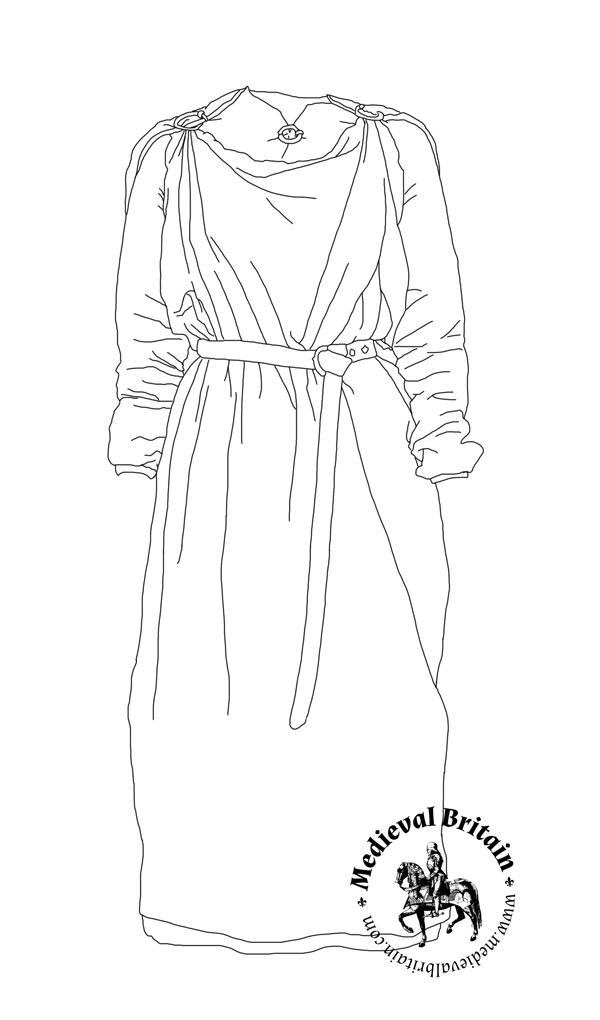
Image Gallery: Dresses in Medieval Manuscripts & Art
Dresses were commonly depicted in medieval art, including illuminated manuscripts, tapestries, and paintings. These depictions of dresses and kirtles can provide valuable insights into the styles, fabrics, and colours that were popular during the period. For example, many medieval depictions of dresses show them as being long, flowing, and loose-fitting, with wide sleeves and high waists.
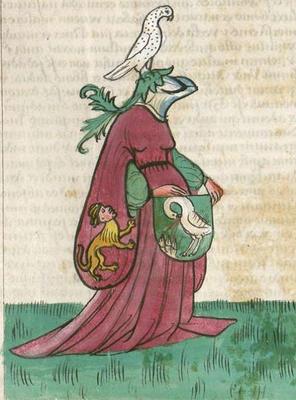
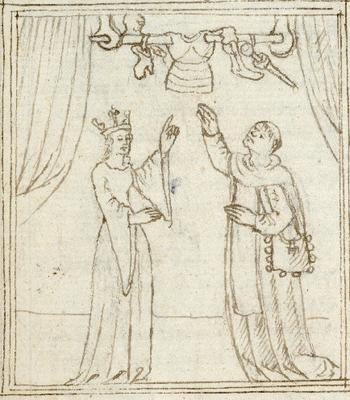
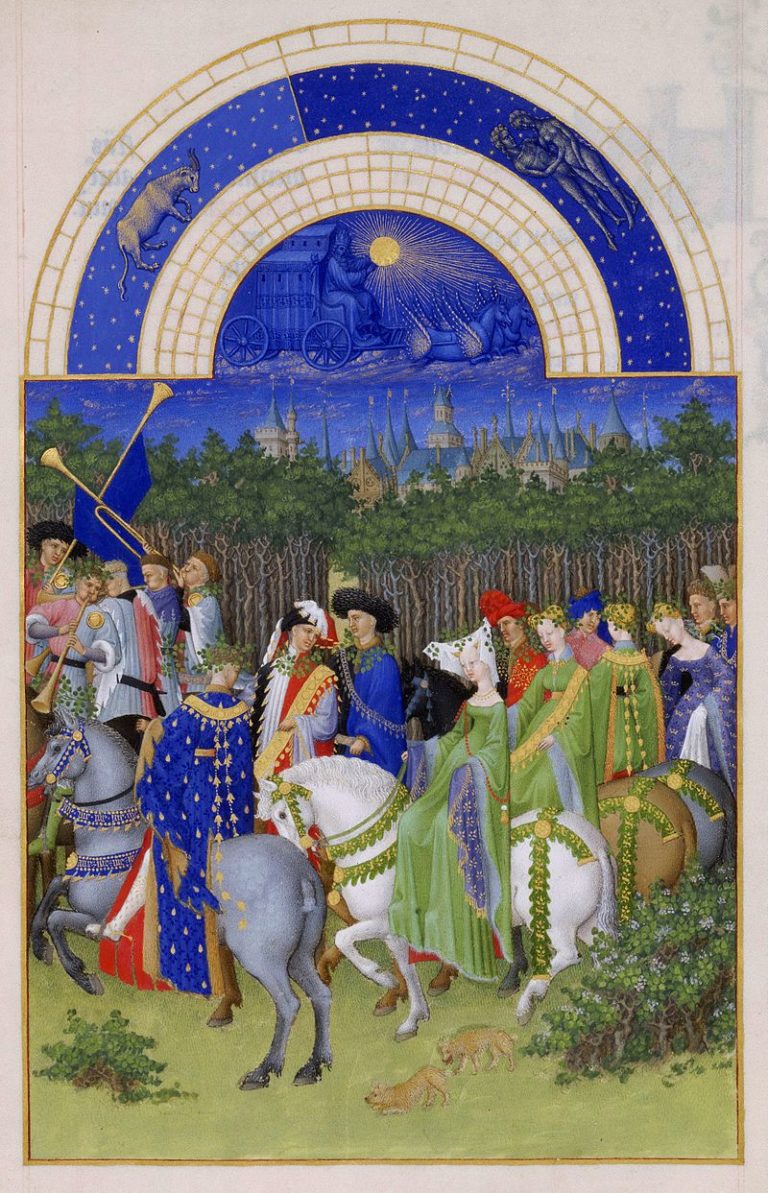
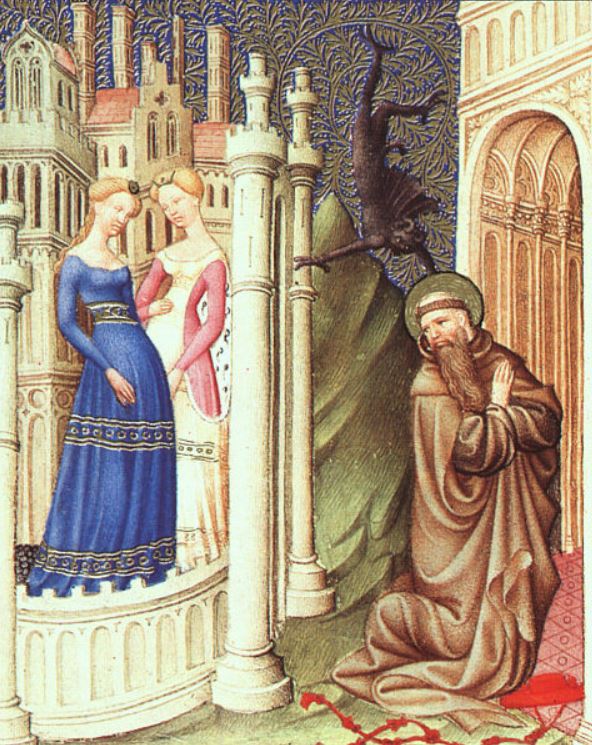
Can You Buy Medieval Dresses Online?
There are also many medieval-style dresses and kirtles available for purchase on Amazon. Some of these dresses are designed to be historically accurate and are based on extant medieval garments or depictions in medieval art, while others are more loosely inspired by medieval fashion.


